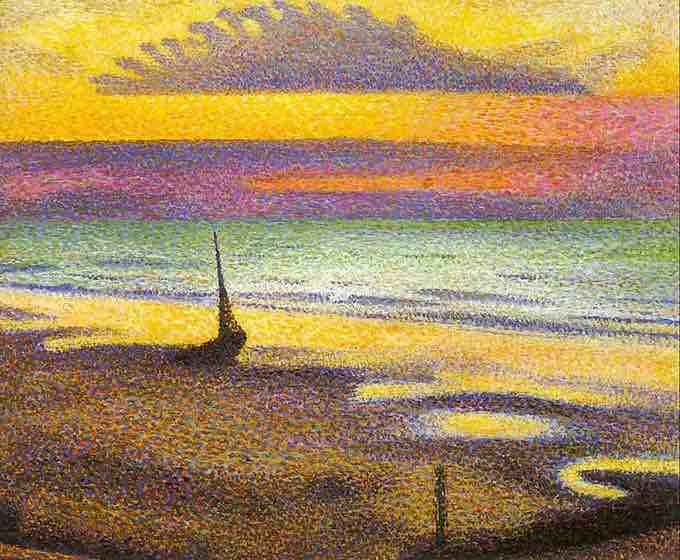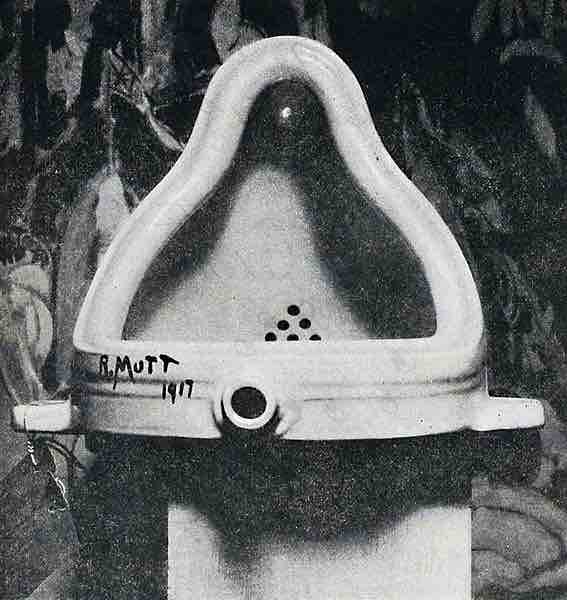The creative arts are often divided into more specific categories, each related to its technique, or medium. Such mediums can include decorative arts, plastic arts, performing arts, sculpture, painting, architecture, music, or literature, to name but a few. Unlike scientific fields, art is one of the few subjects that are academically organized according to technique. In addition to referring to the technique used, the term medium can also refer to the substance or material the artistic work is made from; for example, paint is a medium used in painting, and paper is a medium used in drawing.
Form, genre and style are all ways of beginning to define a work of art, to further narrow it down. An art form is the specific shape, or quality an artistic expression takes. The media used often influence the form. For example, the form of a sculpture must exist in space in three dimensions, and respond to gravity. The constraints and limitations of a particular medium are thus called its formal qualities. To give another example, the formal qualities of painting are the canvas texture, color, and brush texture. The formal qualities of video games are non-linearity, interactivity and virtual presence. The form of a particular work of art is determined by the formal qualities of the media, and is not related to the intentions of the artist or the reactions of the audience in any way whatsoever as these properties are related to content rather than form.
A genre is a set of conventions and styles within a particular medium. For instance, well recognized genres in film are western, horror and romantic comedy. Genres in music include death metal and rip hop. Genres in painting include still life and pastoral landscape. A particular work of art may blend or combine genres but each genre has a recognizable group of conventions, clichés and tropes. (One note: the word genre has a second older meaning within painting; genre painting was a phrase used in the 17th to 19th centuries to refer specifically to paintings of scenes of everyday life and is still used in this way. )
The style of an artwork, artist, or movement is the distinctive method and form followed by the respective art. For example, any loose brushy, dripped or poured abstract painting is called expressionistic . Often a style is linked with a particular historical period, set of ideas, and particular artistic movement, and a particular style may have specific cultural meanings. For example, Roy Lichtenstein—a painter associated with the American Pop art movement of the 1960s—was not a pointillist, despite his use of dots. Lichtenstein used evenly spaced Ben-Day dots (the type used to reproduce color in comic strips) as a style to question the "high" art of painting with the "low" art of comics, thus commenting on class distinctions in culture. Pointillism, a technique in late Impressionism (1880s) developed especially by the artist Georges Seurat, employs dots to create variation in color and depth in an attempt to approximate the way people really see color. Both artists use dots, but the particular style and technique relate to the artistic movement adopted by each artist.

Pointillism
Georges Lemmen's work, "The Beach at Heist" (c. 1891/2) is an example of late Impressionist style known as pointillism. The style employs dots to create variation in color and depth in an attempt to approximate the way people really see color.
Edvard Munch, "The Scream," 1893
Edvard Munch's famous painting "The Scream" (1893) is an expression of the artist's feelings, longings and aspirations, putting it in the category of expressionism.
Disputes as to whether or not to classify something as a work of art are referred to as classificatory disputes about art. Classificatory disputes in the 20th century have included cubist and impressionist paintings, Duchamp's Fountain, the movies, superlative imitations of banknotes, conceptual art, and video games. According to philosopher David Novitz, classificatory disputes are more often disputes about societal values and where society is trying to go than they are about theory proper.
Anti-art is a label for art that intentionally challenges the established parameters and values of art; it is term associated with Dadaism and attributed to Marcel Duchamp just before World War I, when he was making art from found objects. One of these, Fountain, an ordinary urinal, has achieved considerable prominence and influence on art.

Duchamp's Fountain
Fountain is a 1917 work widely attributed to Marcel Duchamp. The scandalous work was a porcelain urinal, which was signed "R.Mutt" and titled Fountain. Submitted for the exhibition of the Society of Independent Artists in 1917, Fountain was rejected by the committee, even though the rules stated that all works would be accepted from artists who paid the fee, and sparked a dispute as to what could be categorized as "art."